If you are expecting to be able to just use your programmer to load a configuration bitstream directly into the FPGA which only stores that in specialized SRAM, you are in for a surprise when it forgets everything every time you power it down.
Unlike microcontrollers, the vast majority of FPGAs do not have onboard non-volatile memory. The SPI is intended to write to an external SPI flash memory. The FPGA will expect a certain protocol for the SPI flash memory and a particular wiring scheme to it.
Every time, upon power up, if the correct jumpers are in place, the FPGA will automatically run through some sequence to read its configuration bitstream from the SPI flash to configure itself. So you should read the manual carefully for the acceptable flash memory that can be used as well as the wiring scheme since this will make or break your board similar to getting the JTAG programming wiring wrong on a microcontroller.
If you missed this basic difference, chances are you you missed some other important gotchas that are different than microcontrollers. Read the manual carefully, or at least skim each section multiple times to spot glaring differences. There are other differences (like clocking and power supplies). There's a reason implementing an FPGA on a PCB is more difficult (sometimes much more difficult) than an MCU. Don't assume things on an FPGA are already taken care of like on an MCU. One is like driving manual and the other is like driving an automatic.
I suggest you get a development module first which is like a tiny stripped down dev board without almost nothing on it (usually just the FPGA, power supplies, clock, configuration ROM, sometimes some non-volatile ROM, sometimes RAM, maybe an ADC, and sometimes a USB programmer) that you can plug into your own board (or even a breadboard). That way you have a reference for if your code is working or not for your own devboard. Otherwise you are debugging from two ends simultaneously. Not to mention you can look at the schematic of the development module which is much smaller and simpler to understand. It might be worth examining the schematic even if it's not the same FPGA. I recommend Micronova, Trenz (the modules actually made by Trenz, since they sell others as well), and Alchitry.

